A Halo With Value: EV Range-topper Carves Out New Role for Kia

A lofty, high-performance electric vehicle currently headed down the Kia product pipeline is, like all EVs, something of a gamble. For the mainstream Korean automaker, it’s also a departure.
Heralded by last year’s striking Imagine concept, the upcoming coupe-like crossover will clearly be a way for Kia designers to make a name for themselves — and, Kia hopes, a way for big-bucks buyers to get more for their money.
Spurred into EV action by various lawmakers and the emissions mandates they brought forth, Kia announced late last year that the Imagine, or whatever the brand decides to call it, is a go.
At the time, Kia Europe Chief Operating Officer Emilio Herrera was more concerned with the question of how the brand will make money off cheap, small EVs. Profitability likely won’t be as big a concern with the Imagine.
Speaking to Autocar, Kia marketing chief Carlos Lahoz called the model a halo. The Imagine, he said, is “as significant in showing our EV capability for the future as the Stinger was for showing how far Kia had progressed when it was launched.”
Expected to arrive in 2021, the rakish four-door is all about getting consumers to see Kia in a whole new light — while paying a suitable price that still undercuts European rivals. Herrera has talked up the possibility of getting electric supercar builder Rimac on board, thus ensuring an excess of performance.
“We want it to demonstrate super-high performance levels but in a package that is different. Today there are lots of A and B-segment electric cars, and many high-end electric cars; we want something different,” Lahoz said.
“We are not a premium brand, we are a mainstream brand, and we have to be true to that heritage. This car will be a halo, and be priced as such, but it will demonstrate that you can get very high performance levels without having to pay the premium prices of, for instance, Tesla, BMW or Mercedes.”
Despite automakers plunging into electrification like a burning man into a crystal-clear lake, much debate exists as to the level of market demand. The assumption in the industry is that there’s an EV for every consumer; when the right one comes along, they’ll pounce. Others feel that automakers are diving into a severely limited pool of buyers.
Design, along with content, range, and power, are the tools at a manufacturer’s disposal, and Kia hopes it has the right recipe. Halos are good, white elephants are not.
[Images: Kia Motors]

More by Steph Willems
Latest Car Reviews
Read moreLatest Product Reviews
Read moreRecent Comments
- Oberkanone At least gm is not moving to New York.
- Analoggrotto Kia Soul took this market away from Toyota, and destroyed Scion introducing the world to ATP Analytics and rewriting the automotive business model.
- Analoggrotto Maybe Eminem will buy it.
- Analoggrotto I did a dozen or so laps around Atlanta Motorsports Park for a charity once. Camber and toe on my car were horribly wrong and made the entire experience awful.
- Tassos Jong-iL The Peninsula of One Korea.


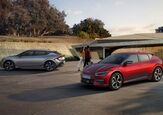

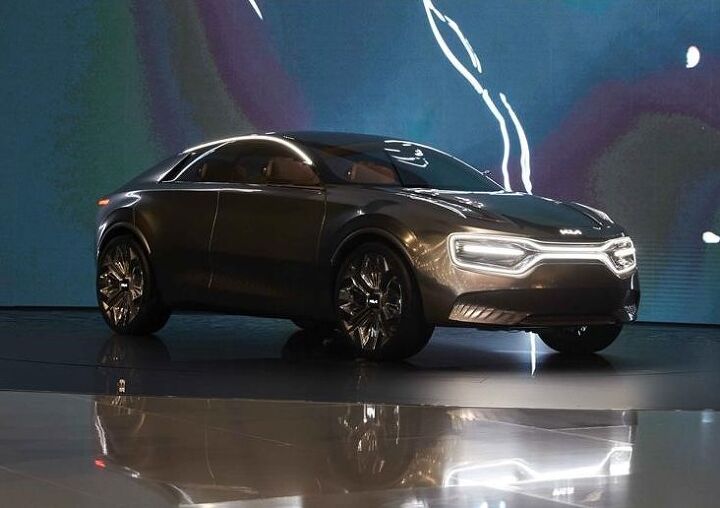




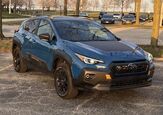
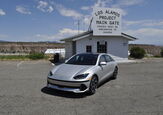





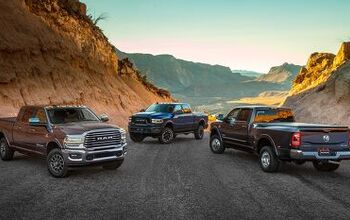

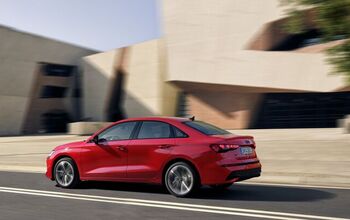
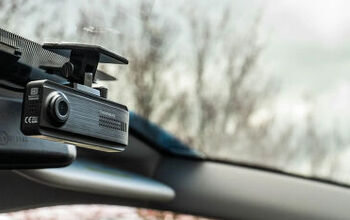
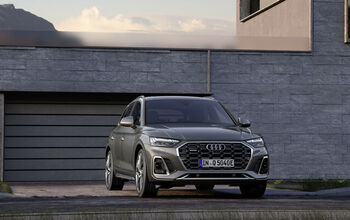


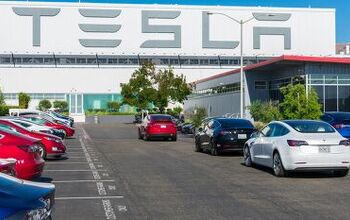
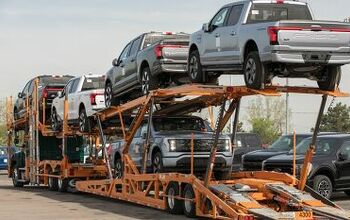
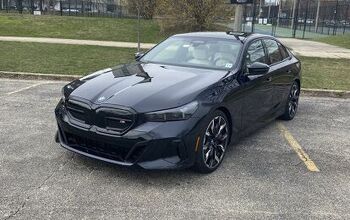

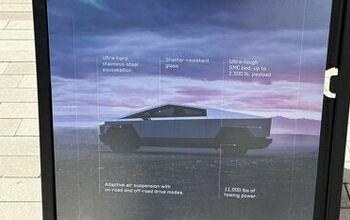
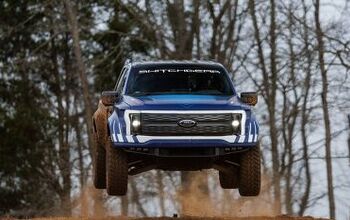
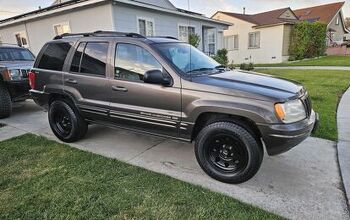

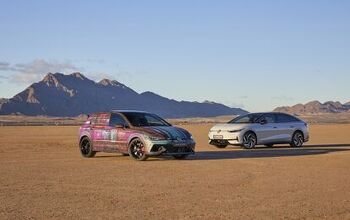
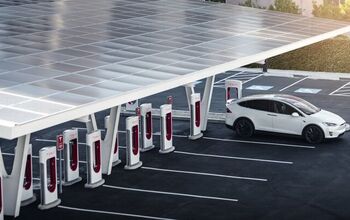
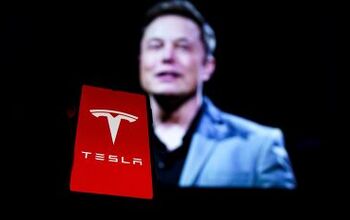
Comments
Join the conversation
The lift gate looks to be nicking the rear end from an Ioniq, the front end looks like RoboCop's helmet, while the laser background looks to be out of Tron. Call it the RoboTronIq. As for EV versus ICE, EVs fit most of my motoring needs since I only work 8 miles from home as the crow flys and a majority of my errands are done in Suburbia USA. However, I have a 200 mile round trip which I take monthly to visity brother and his family in Rural USA. I'd be nervous to risk it without at least a 250-300 range for a bit of a fudge YMMV factor. I'm pretty certain a hybrid is in my future - maybe even a plug-in Hybrid, but I'm not actively looking.
White elephants with halos are beautiful